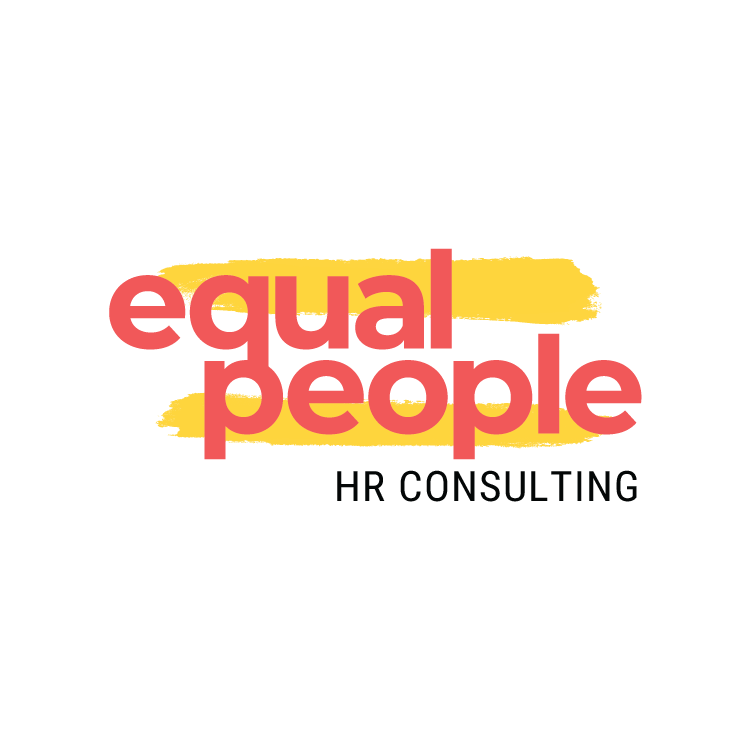Top 3 HR Priorities Businesses Should Plan for in 2026
Are you ready for 2026? As we move toward 2026, many businesses are taking a closer look at their goals for the new year, including their HR plan. As you are reflecting on where your business is at and where you want it to be, you may be realizing that status quo may no longer be working. Perhaps you are experiencing higher turnover that usual, or your employees are demanding more programs, or the quality of work isn’t what it used to be. Building an HR plan that makes sense for your business goals ensures you are maximizing your investment.
Here are the top three areas to prioritize and budget for in your 2026 HR plan, along with the benefits of tackling them early and the risks of putting them off.
1. Training & Development
Employee growth is no longer a “nice to have”—it’s an expectation. As your business evolves, your team needs the skills and confidence to evolve too.
Questions to consider:
How do we help our people get better at what they do?
How do we develop our next generation of leaders?
How do we keep employees engaged, challenged, and ready for the next level?
The 2026 Plan:
Whether you have plans to grow sales, improve customer service, or grow your internal team, a structured training and development strategy is essential for getting you to the next level. Not only does it provide your team with the skills needed to continue to build your business, it also builds stronger performance across your team and increases opportunities for cross-training and promotion. When employees see a future with your company, they stay longer, work more effectively, and contribute at a higher level.
If you don’t…
You can create business goals, but if your employees don’t know how to get there then you everyone is left frustrated. Without the right training and development, you risk not achieving the outcomes your want, disengagement on your team, and an increase in turnover (which means more hiring — eek!)—these are often costly and time-consuming.
2. Employee Engagement & Retention
The labour market is competitive and the cost of turnover is expensive. If employee retention isn’t in your 2026 strategy yet, it’s time to consider adding it in now.
Questions to consider:
What does your turnover actually look like—and what is it costing you?
Are your top performers motivated, supported, and recognized?
What strategies are in place to keep them committed to your long-term vision?
The 2026 Plan:
The goal of retention is to keep your key employees engaged and committed to your company—happy employees enjoy coming to work! This means incorporating the unique perks and performance tools that are valued by your employees. Remember, what works for motivating and keeping employees with your friend’s company may not work for your company.
Aligning your strategy with your company values and your business goals for 2026 may look like developing career paths for your team as you grow, developing recognition programs, or creating a total rewards package that your employees actually want.
If you don’t…
The price of not investing in your employee engagement and retention is employee turnover… this can become unpredictable and expensive. Team morale takes a hit as turnover increases, productivity suffers as team members try to keep up, and recruiting becomes a constant cycle. Losing even one high performer can cost far more than investing in keeping them.
3. Auditing Your Policies & Practices
Businesses grow, laws change, and employee expectations evolve. What worked in 2022 may not work in 2026. Regular audits help ensure your people practices are aligned with your current needs and future goals.
Questions to consider:
Which processes are working well—and which aren’t?
Are your performance reviews meaningful or simply a checkbox?
Are your pay and benefits still competitive?
Do your employee events and engagement activities support the culture you want?
Is communication consistent and clear across your team?
The 2026 Plan:
Up-to-date policies and processes reduce risk, support consistency, and create a more positive employee experience. They also help leaders make better decisions and ensure the business remains compliant and aligned with company mission and values.
If you don’t…
Outdated practices can lead to legal exposure, inconsistent leadership decisions, employee frustration, and a culture that no longer reflects who you want to be. Small issues can snowball into bigger problems that are more costly to fix later.
Final Thoughts
Planning for 2026 isn’t just about budgeting dollars—it’s about investing in the long-term health and success of your business. By prioritizing training and development, retention strategies, and a comprehensive audit of your HR practices, you set your team up to thrive through growth, change, and new opportunities.
If you're ready to start building your 2026 HR plan or want a professional assessment of where to focus, Equal People HR can help you take the next step. Reach out for a complimentary call to discuss how we can support you with your business goals.
